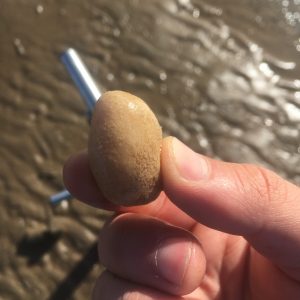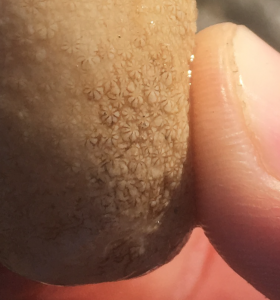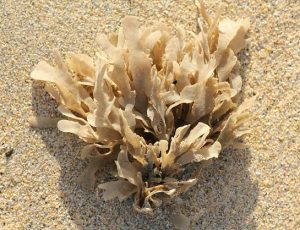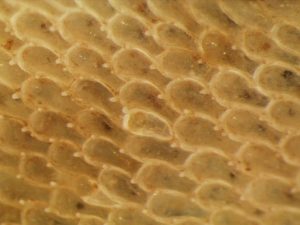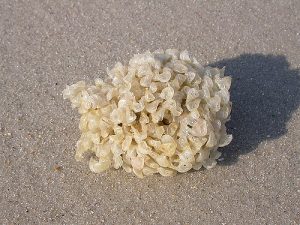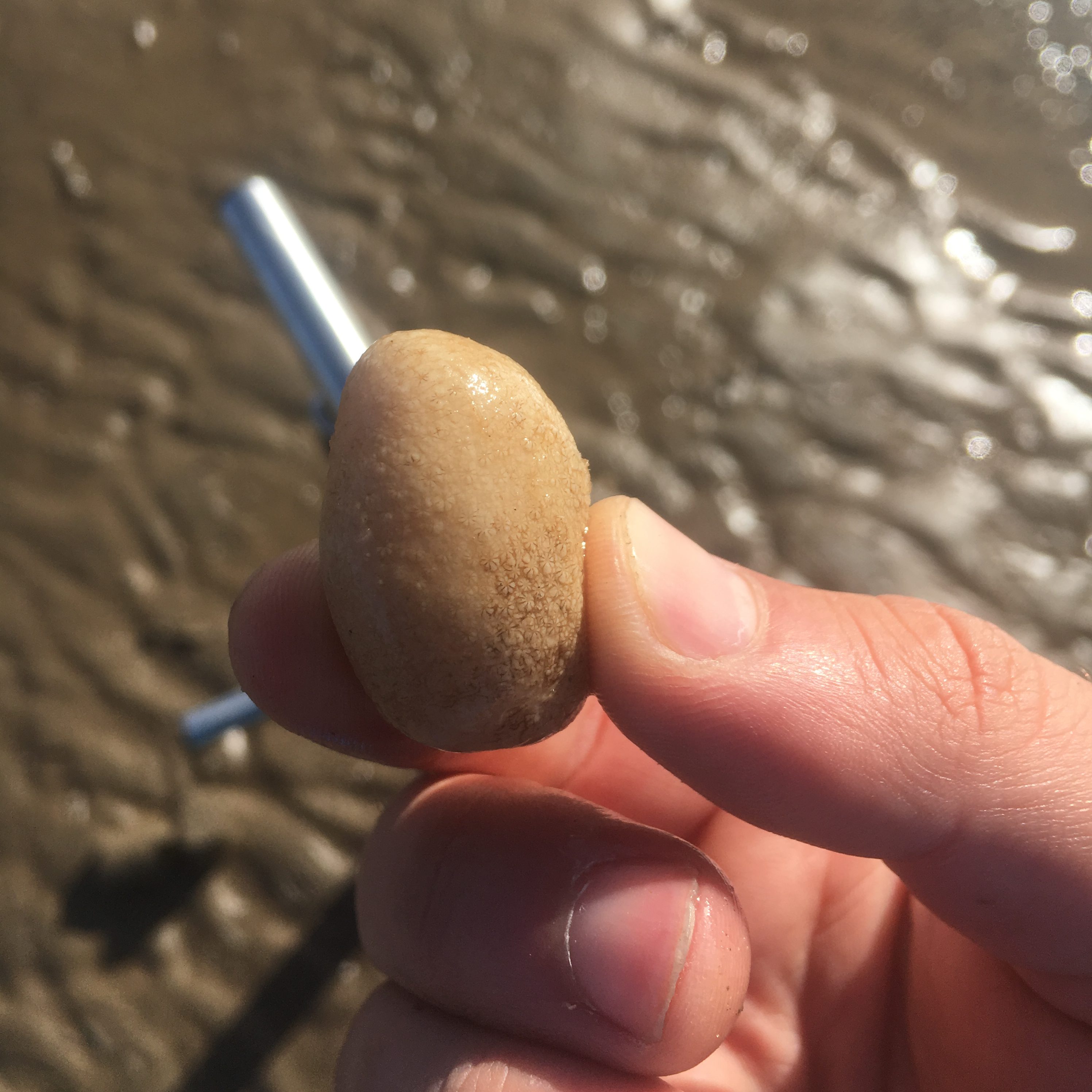
On the beach this month I found a small, brown egg. I picked it up, gave it a squeeze between my finger and thumb and was surprised to find that it was soft. It felt like a squash ball. I had a flick through my shore guide but nothing seemed to fit the description; there were no entries under “sea squash ball” or “tiny dragons egg”. Failing that, and in the absence of my racquet, I decided to take a closer look.
The egg was covered in tiny flowers. Some of them were clear and defined at the surface, whilst others shrank behind. Other flowers were smoothed over with age and algae. Clearly, this wasn’t an egg and those definitely weren’t flowers. In fact, they turned out to be animals and what I’d found was a dead man’s finger.
“Dead man’s fingers” are colonial corals, a lot like the builders of rocky tropical reefs. Their flowers are actually polyps, tiny animals that come together to form the colony and build the egg-like structure that attaches them to the sea floor. Typically you will find these corals in a larger colony comprised of multiple “eggs” and the way they join together looks like fingers on a dead man’s hand.
This got me thinking about another colonial animal that I’ve found on mudflats around Merseyside. After a storm, the beach is frequently littered with small clumps of seaweed called “hornwrack”. They are quite easy to identify since they are brittle unlike most seaweed and, if fresh enough, they smell like lemons. However, it is not actually a seaweed, it is another form of colonial animal that has evolved to look like seaweed. Hornwrack is a bryozoan, made up of a series of tiny “zooid” animals that have stitched themselves together. Each of the zooids has a specific task such as cleaning the colony or collecting food, which they complete from their own section of mesh.
Whelk eggs are another commonly misidentified beach find. Whelks lay a cluster of eggs on the sea floor and, once the juvenile snails have hatched, the empty egg case will wash up on the shore. The case looks a bit like a sponge or a ball of bubble wrap and I met one man who had tried eating them. They’re not a colony per se, but another example of an interesting collection of animals on the beach.
Photo Credits:
Hornwrack (microscope) – Hilmar Hinz

